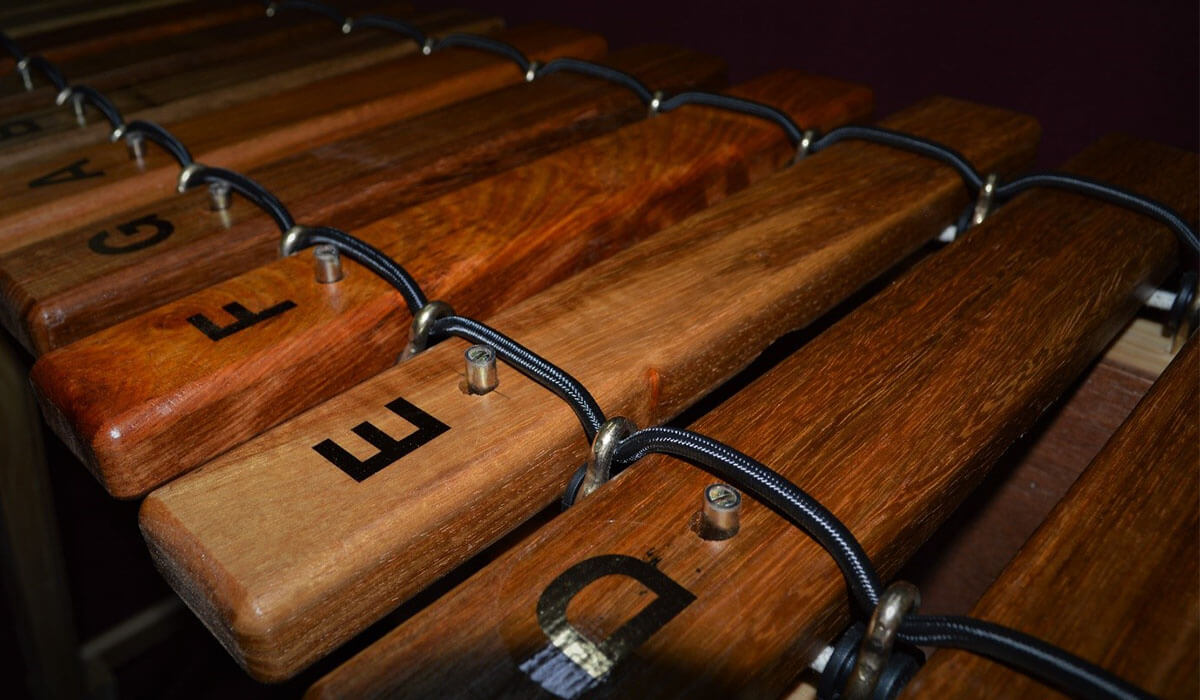

No matter how much you like the sound of a snare, two toms and a ride struck at the same time, such acrobatics are impossible in the real world.


To create realistic virtual drum kit performances, you need to think like a drummer.Ī drummer, possessing – at most – two hands and two feet, can only hit a certain combination of kit pieces at the same time. Go polyrhythmic by giving each drum its own bar-length before it repeats (Image credit: Ableton) Even just lowering the velocities of less important notes can make beats more dynamic, human and interesting. Velocity is oft-overlooked in drum programming, yet it can make a huge difference, particularly with a sampler that supports velocity modulation of pitch, filter cutoff, etc. But don’t overdo it, or your part might sound more ropey than realistic.įor big electronic drum sounds, layering complementary (or not!) elements of multiple sounds into one can deliver better results than a single synth or sample alone.ĮQ and filtering will be your main tools for carving space between sounds, but using the attack of one sound to lead into the tail of another also works well. The biggest benefits are to parts where multiple drums/cymbals are struck at once, and on fast rolls. This can be incredibly useful for bringing life and authenticity to programmed grooves – particularly those triggering virtual acoustic drum kits. Most DAWs offer ‘random quantise’ functions in the shape of a Humanise parameter that can be applied to MIDI. Stick to tiny distances from the quantise grid, mind – too much and your drum part will start to fall apart. By pushing them backward, we make the beat sound more frantic as the backbeat lands slightly earlier. You can apply a laid-back feel or a sense of urgency to a drum groove by pushing or pulling the beat – particularly the backbeat snare.īy moving the snare hits on beats 2 and 4 forward in time, we can pull the beat back for a funky, lazy feel. Learn the basic variations of these rudiments and your drum parts will thank you for it. Step 3: Drags, flams and ruffs (the last a member of the roll family) are probably the most frequently played of the rudiments, used almost unconsciously by the skilled drummer. With the right editing, processing and programming, you can create truly unique end results.ĭrum rudiments are a long-established repertoire of 40 sticking/pedalling techniques that skilled drummers will practice and employ much like a pianist practices and employs scales. The great thing about drum tracks is that – being essentially non-pitched – it’s easy to add to your regular kick, snare and hi-hat sounds with… well, anything! So, plug in a mic, grab some pots and pans from the kitchen, take to the streets with a field recorder and go nuts. Play around with the LFO waveshape and depth, being sensitive to the timing and feel of the part. We’re not talking anything too drastic – just enough cutoff frequency modulation to impart some movement, variation and bite. To jazz up a lacking percussion part, try applying an LFO- or envelope-controlled filter (low-, high- or band-pass – try them all) to it. If your processing is making the volume erratic, just throw a limiter onto the end of the chain. Whether you’re after a dab of psychedelic phasing or something more overt, there’s no sound or character that can’t be had using DAW-bundled or third-party plugins. While, for many tracks, realism is often desired, people have been applying out-there effects to acoustic drums since time immemorial. Try using a MIDI modifying plugin such as Live’s Note Length to adjust notes in real time. Whether using a sampler or a synth for drum sounds, if you have the relevant mode active (it’ll be called Gate or similar), adjusting the lengths of MIDI notes - and thus the sounds triggered - can have a radical effect on a groove. Or conversely, set the attack and sustain to zero and then adjust the decay time to process only the attack. The trick is to set the attack time to let as much of the transient through as you need before the pitch/filter adjustment kicks in. But more generally useful is being able to apply the timing and velocities of, say, a live drum loop to a programmed part, or vice-versa.Ī more creative alternative to transient-shaping plugins is to use the pitch and filter envelopes of a sampler to shape the bodies and tails of hits independently. Many DAWs can impose the timing of one audio or MIDI groove onto another, which can serve many creative purposes, and systems like Logic Pro’s Groove Track can match an entire project to the timing of one part. As well as single ghost notes, drags (two or three very quick, light notes in succession) can emphasise the offbeat - just keep it tasteful and don’t go overboard.


 0 kommentar(er)
0 kommentar(er)
